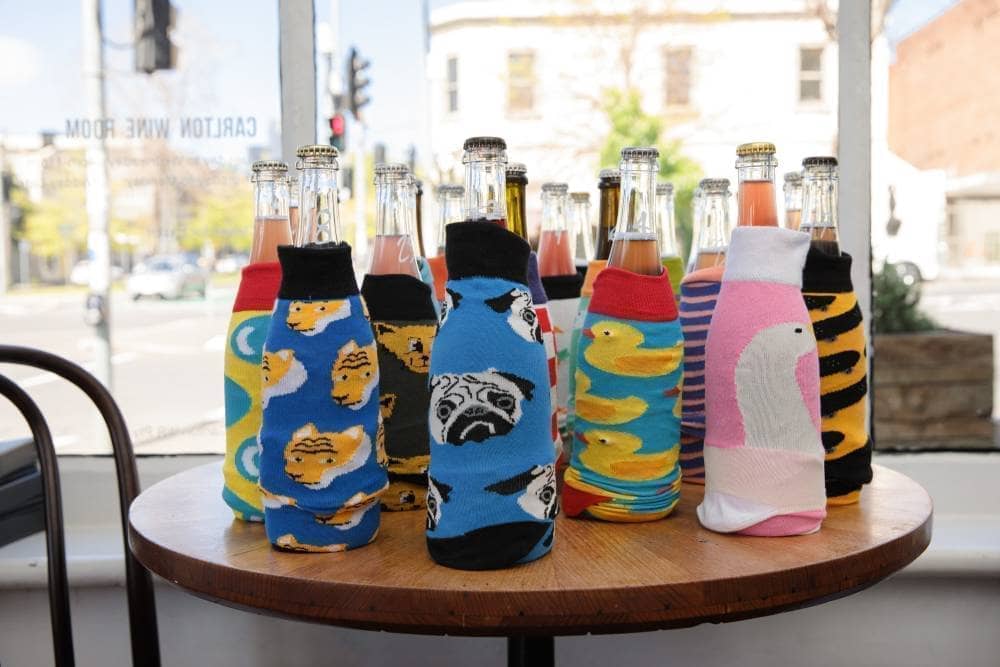Chenin blanc is responsible for some of the longest-lived whites in the world, largely from its spiritual home in the Loire Valley. While it has been very much a bit player in Australia over the years, a renewed interest is seeing exciting expressions of chenin entering the market, with many hailing from Western Australia.
Also known as
Chenin blanc’s most common synonym is pineau de la loire, though it is not really used outside of the Loire Valley. In South Africa, the name steen was used for chenin until it was correctly identified to be the Loire grape. While chenin blanc is the main nomenclature used today, steen does sill adorn some labels.
What chenin blanc tastes like
It’s hard to generalise about the flavours of chenin blanc, such is the variety of expressions that are made from it, with some crisp and dry and others exotically flavoured and quite sweet. At the cooler end, flavours like green pear and lemon are common, developing into lemon curd, honeysuckle, honey, straw, cooked pear and quince the riper it gets, then botrytis can often step in with layers of toast and citrus curd and more exotic florals. The one thing that is a constant with chenin is the acidity, with the wines being typically racy and fresh even with some residual sugar.
Vineyard & winemaking
Chenin blanc is versatile, with the vibrant acidity making it just as apt for sparkling wine as it is for an unctuous dessert wine. The vine is a productive one, though, with high yields often resulting in bland acidic wines unless the viticulture is carefully managed. Both sparkling and still wines can be successfully made with varying degrees of sugar, from bone dry to profoundly sweet. For table wines, oak is sometimes employed, though more often than not barrels are not used to impart new oak characters, but rather as a method of ageing, and one often preferred over stainless steel. The simplest new world examples, however, are made a little like riesling, fermented at low temperature in tank then aged for a short time in the same tanks, then bottled and sold relatively swiftly.
Where is chenin blanc grown?
The Loire Valley is chenin blanc’s home, with records of the grape stretching back over 1,000 years. Vouvray, Anjou and Montlouis are probably the most famous appellations for the grape, with the full gamut of wines from dry to botrytis-affected sweet wines. The wines from Vouvray and Montlouis in particular are some of the world’s longest lived, with the best ageing well for many decades. Savennières is better known for racy dry chenins, while much of the simple sparkling Crémant de Loire comes from Saumur. Chenin also plays a lesser role in the sparkling wines of Limoux in the Languedoc.
Chenin blanc around the world
Historically occupying a meaningful if not terribly noble place in South Africa and the USA, chenin blanc was somewhat of a workhorse grape. In the US it was mostly planted in California’s arid Central Valley, with irrigation plumping up the grapes and yields to service a market for non-descript dry whites. Today, there is a new quality push with chenin as the plantings have rapidly diminished, being replaced by a tidal wave of chardonnay. In South Africa, chenin is the most widely planted grape, and it was also used somewhat anonymously for a long time, with it the driving force behind a boom in simple dry whites made possible by advances in winemaking technology. More recently, chenin has been at the forefront of a quality driven revolution that has seen it express itself as South Africa’s most distinctive, terroir-reflective variety. It also has a meaningful if modest presence in New Zealand, mainly on the North Island.
Chenin blanc in Australia
Chenin blanc has a long history in Australia, with the first vines committed to soil in the Swan Valley in 1829. Those vine cuttings came a few years before James Busby imported his famous collection, with the Swan material sourced from South Africa. Today, the variety is grown across the country, but it has never had a strong presence as a varietal wine. Chenin has been a contributor to many a white blend from the Swan Valley and Margaret River, slipping anonymously into “classic dry white” blends, including Jack Mann’s famous Houghton’s White Bugundy, as it used to be called. Chenin blanc had a reasonable presence in Victoria’s north-east, with decent plantings in the warmer zones of Rutherglen, but many of those vines have either been pulled out or grafted over, or the grapes are ending up in blends. The current Australian plantings total about 400 hectares, with warmer zones on the Murray River accounting for nearly 55 per cent of them. The Swan District swallows up another 30 per cent, and Margaret River 11 per cent, with the remainder spread across the country. It’s fair to say that there is currently a vibrant interest in the grape, with makers like Tripe Iscariot, Corymbia, Dormilona, L.A.S. Vinos, Aphelion and Vino Volta in the throes of a full-tilt renaissance.
Photo of chenin blanc grapes seen here, courtesy of Voyager Estate.
For more, checkout our Deep Dive into chenin blanc, here.
Some of the best Australian chenin blanc
Some of the icons
Castagna
Coriole
Cullen
Dowie Doole
John Kosovich Wines
Paul Conti Wines
Pierro
Voyager Estate
Some of the new wave
Aphelion
Blind Corner
Berg Herring
Brash Higgins
Cape Grace Wines
Corymbia
Dormilona
Express Winemakers
Gestalt Wines
Geyer
L.A.S. Vinos
LS Merchants
Rusden Wines
Swan Valley Wines
Tripe Iscariot
Vino Volta
Wines of Merritt


